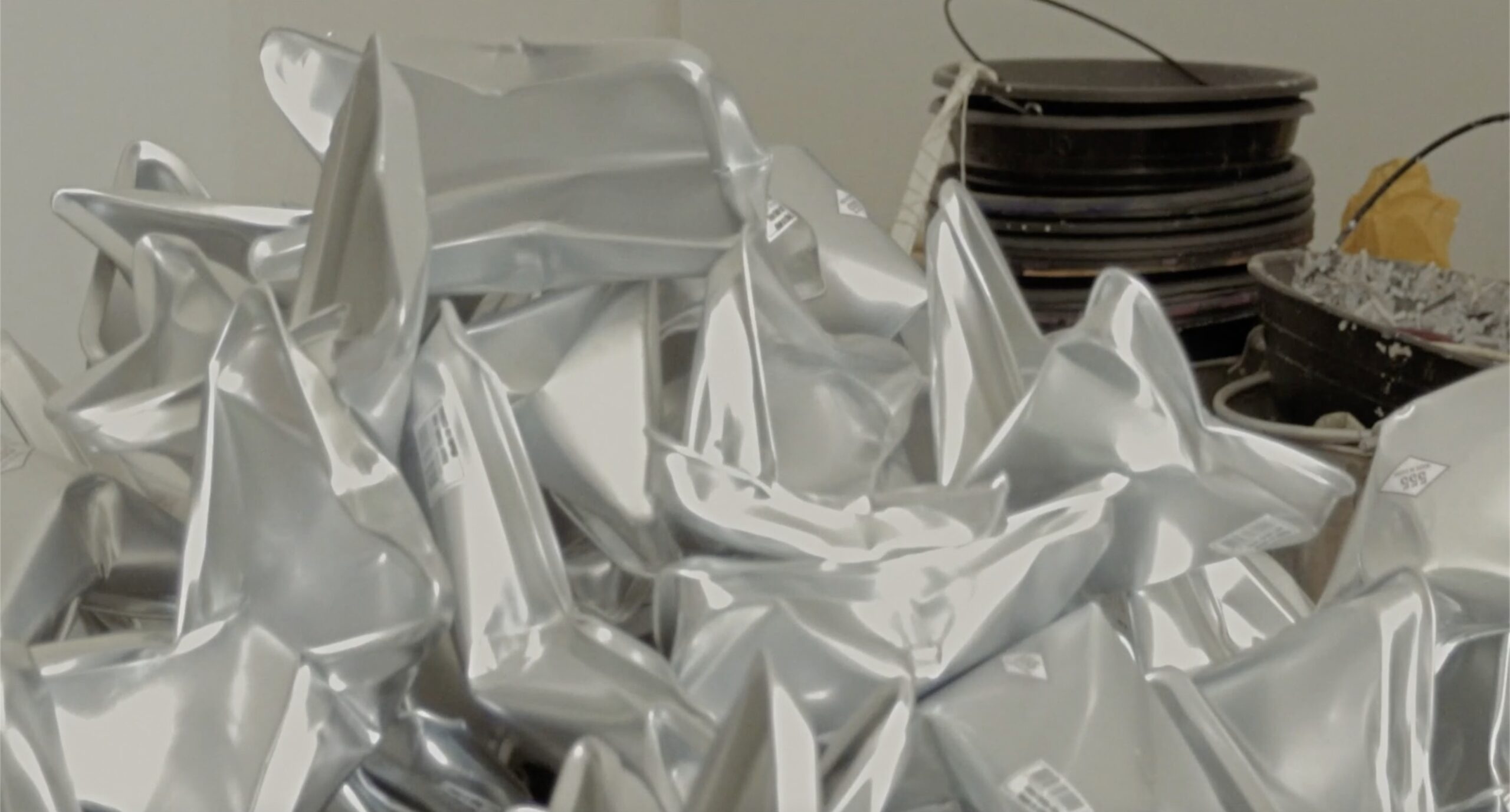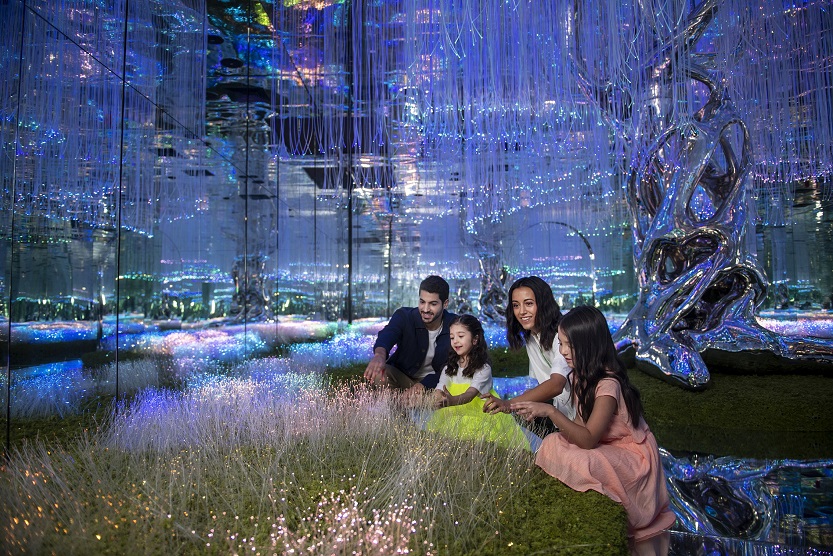In recent years, the concepts of virtual worlds and the Metaverse have transitioned from speculative ideas to integral components of our daily lives. The Metaverse, a collective virtual shared space created by the convergence of virtually enhanced physical reality and physically persistent virtual space, is reshaping how we interact, work, and entertain ourselves. This transformation is not merely a technological trend but a fundamental shift comparable to the advent of the Internet.
The rapid development of technologies such as (VR), (AR), and blockchain has accelerated the integration of the Metaverse into various sectors, including business, education, and social interaction. Companies are investing heavily in creating immersive virtual environments, recognizing the potential for new business models and revenue streams. For instance, the gaming industry has seen significant advancements with VR game engines, which have become central to future developments.
However, the rise of the Metaverse also presents challenges that need to be addressed. Issues such as data privacy, digital asset ownership, and the digital divide are becoming increasingly prominent as more aspects of life move into virtual spaces. Moreover, the need for scalable and real-time virtual worlds necessitates advancements in infrastructure and technology.
As we delve into the current relevance of virtual worlds and the Metaverse, it is crucial to explore both the opportunities and challenges they present. Understanding this evolving landscape will help us navigate the future of digital interaction and its impact on society.
Aida Dzhanhirova, the ideologist of the Cultural Singularityproject, with her extensive experience in exploring innovative opportunities within the cultural sector, has shared her insights on the importance of responsibly documenting contemporary life for future generations. Her work emphasizes the critical role of preserving digital artifacts to ensure that the cultural and technological advancements of our time are accessible to those who come after us.
AL: As we understand, your background is in institutional experience in the field of culture and art. When did singularity enter your practice?
AD: Indeed, I built my career within a centralized system. I served as the director of a municipal gallery in Kyiv, art director of the Museum of the History of the City, and implemented numerous projects at the city, national, and international levels in a public organization I led for over 15 years. Over time, it became increasingly evident that we lacked new tools and approaches for engaging with our audience. My last major project was a multimedia exhibition at the Museum of the History of Kyiv, dedicated to the centenary of the start of World War I, covering 650 square meters. It involved the incredible efforts of 18 museums, over 20 collectors, the city archive, many artists, and several European embassies. We managed to depict life in Kyiv on the eve of the war in various aspects, concluding with the Armistice of Compiegne in November 2018. We recreated a reality from a century ago but lacked the technical means to preserve this unique, cohesive project for educational purposes, related fields, and the future. This shortage of innovative solutions led me to explore the preservation of digital information in museums, opening my path to studying the possibilities of culture in the digital race.
AL: You are developing projects on blockchain. Where did you find intersections? There is a common belief that the old system and blockchain are like two parallel lines; they do not intersect.
AD: Yes, this is a typical perception in the public consciousness. Blockchain was created by geeks for geeks with the idea of decentralizing finance. Over time, a blockchain ecosystem began to form. As always, art boldly ventured into this new world of interaction with digital currencies, and in 2016, the book “Artists RethinkingBlockchain” was published. Surprisingly, being in Kyiv, wekept pace with this global revolution by conducting blockchain art hackathons. 2017 became a turning point in the world of crypto art with the CryptoPunks release. An analogy in the art world could be Marcel Duchamp’s “Fountain.”During this time, we were training artists (both Ukrainian and foreign) in the basics of blockchain, setting up crypto wallets for them, teaching them to pitch their newly created works during hackathons, and instructing them in programs for working in virtual reality, among other things. We were pioneers in the intersection of art and innovation. The emergence of NFTs addressed the issue of copyright in the digital world. It’s worth noting that the sale of digital artist Beeple’s “Everydays: The First 5000 Days” at a Christie’s auction for $69 million caused a stir throughout the art system. Art associated with NFTs has been featured for several consecutive years in the most authoritative report on the art market, published by leading analysts for the Art Basel fair. Museum, gallery, and auction worlds began experimenting with new blockchain technologies. Whether successful or not is secondary.
AL: There is a contradiction here. Blockchain is designed for decentralized solutions. How can the world of museums and libraries implement this technology into their practices?
AD: Surprisingly, this technology is also very convenient for museums. For example, blockchain can systematically describe the collections of all storage units. Blockchain can facilitate contracts for temporarily transferring collections to other museums for temporary exhibitions. This is transparent and convenient. But it’s utopian. In practice, it’s currently impossible. Moreover, we must remember the amount of speculation and manipulation associated with blockchain. This rightfully harms the technology’s reputation.
Any institution operates within the legislation of its country. However, we know that the state still unregulated the crypto economy, although there have been sufficient actions in this direction. For example, MiCA, the pan-European legal framework regulating the crypto-asset market in EU countries, has been implemented, introducing clear rules for the crypto industry. But there is no regulation for NFTs. Therefore, museums lack the legal basis to have these digital assets on their balance sheets.
On the other hand, we need to understand the processes of transforming traditional forms and cultural institutions themselves. They are no longer the familiar “museums of silence.” Museums and libraries are becoming information hubs, increasingly integrating technologies and innovations for storage. New services using AI are emerging. The rapid processes of digitization are unstoppable. But as digital projects develop, museums and libraries are getting closer to a new environment, the virtual world, because the very nature of these projects is changing.
The possibilities of virtual worlds expand the capabilities of the collections that museums and libraries possess. For example, the National Library of France, where I studied innovative services and the implementation of blockchain projects (as Metaverse Chief Officer), takes pride in its rare musical scores. Among them is the “Royal Manuscript,” an outstanding songbook compiled in the mid-13th century, serving as an important testament to European medieval music. To popularize songs from this manuscript, a concert is needed. However, according to the conditions of reading rooms, where silence is required, this is impossible. Such a concert can be realistically held in the metaverse, providing a significant audience worldwide.
AL: So, in the future, will museums and libraries transform into digital entertainment spaces?
AD: Not quite. It’s fair to note that their programs already include more interactivity, more popular, and more mass programs. But it’s important to remember that these institutions have a very responsible task—selection and preservation. Thanks to the rich museum and library collections, we know our history and culture, the best examples of human thought and creativity. But today, many digital projects, immersive works, new formats in news streams (such as X), blogger columns, meme coins, and more are being created. How do we select and preserve these projects for future generations, so they understand today’s world? How do we navigate the sea of art associated with NFTs? Should it be preserved at the museum level? If so, how can this be implemented, given these institutions’ reluctance to incorporate blockchain into their functions?
I see the main and most responsible current task precisely here. Technologies are advancing rapidly, and for all institutions whose mission is to preserve contemporary artifacts, there’s a risk of missing the last train to the Metaverse. I would say, not everyone will be taken into the Metaverse!

Aida Dzhanhirova ,Bio:
Aida Dzhanhirova – Expert in Digital Art Preservation, NFT, and the Metaverse
Aida Dzhanhirova is a researcher and cultural innovator whospecializes in selecting and preserving digital artifacts for future representation. She is an influential figure in the art and technology sectors in Ukraine and internationally, with expertise in AI, blockchain, NFTs, and the Metaverse.
Aida has held key positions in the Ukrainian cultural landscape, including serving as the Director of ‘Lavra’ Kyiv Municipal Gallery and Art Director of the Kyiv History Museum. She has been the driving force behind major art and cultural projects such as the ILOVEKIEV International Festival of Urban Culture, “The Week of High Classics with Roman Kofman,” the International music festival,MURALISSIMO, the international graffiti project, and others.
Her research focuses on the integration of digital assets into museum and library collections, ensuring their long-term preservation. She participated in co-authoring the Law on Digital Assets in Ukraine and served as the Chief Metaverse Officer at the French National Library.
As a member of the National Union of Artists of Ukraine and a participant in IEEE, Aida continuously explores the intersection of technology and culture. She launched the Cultural Singularity project, which investigates interdisciplinary challenges in art and innovation. Additionally, she has developed educational courses on crypto assets to enhance public understanding of blockchain-based digital ownership.
Aida’s key professional goal is to address the challenge of preserving contemporary digital assets in libraries and museums, ensuring their accessibility for future generations.


